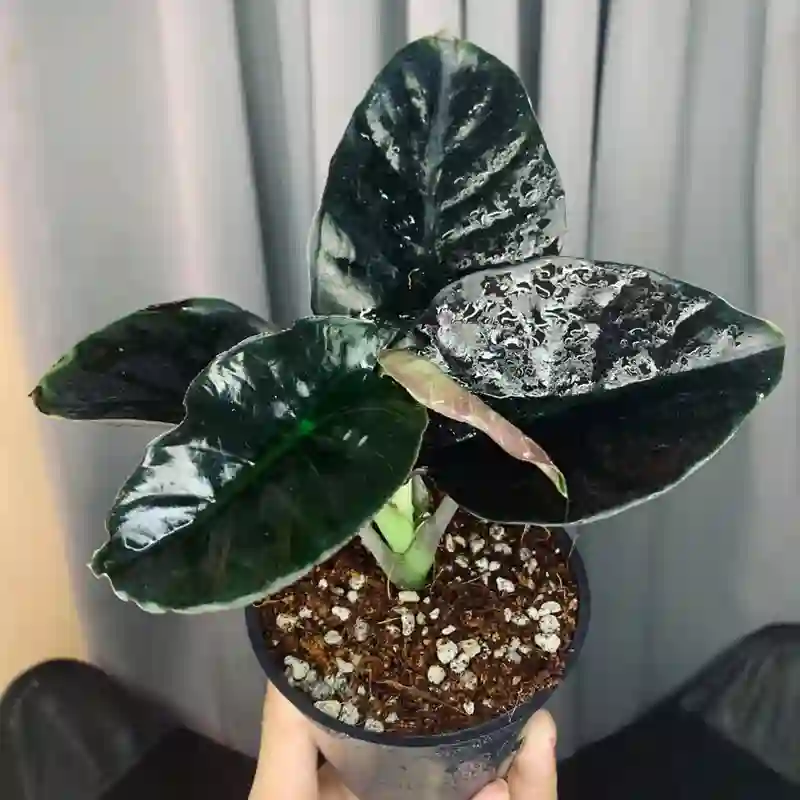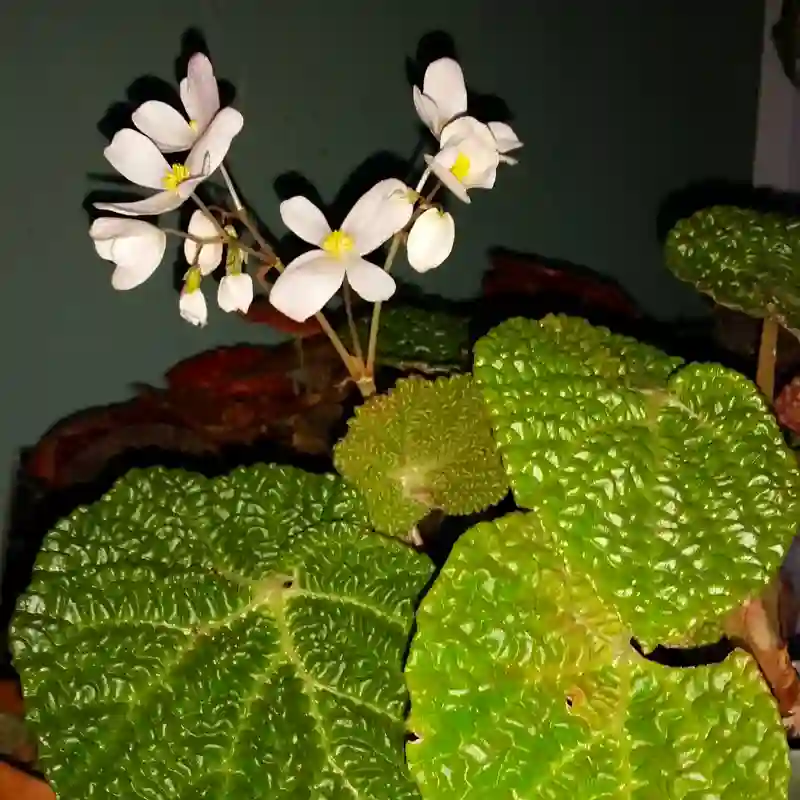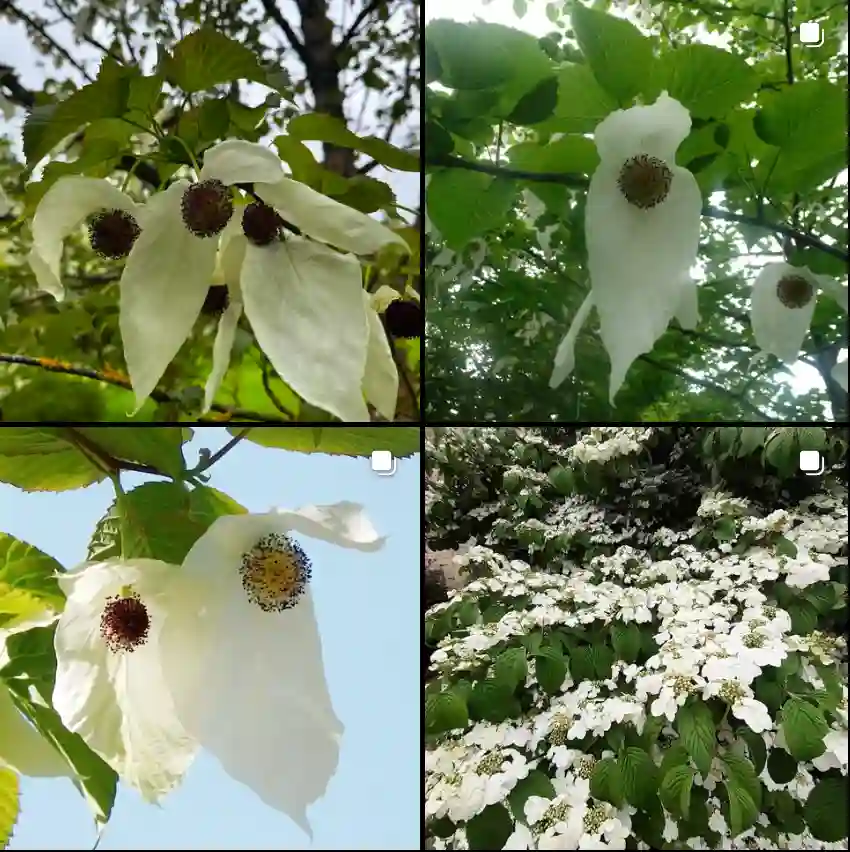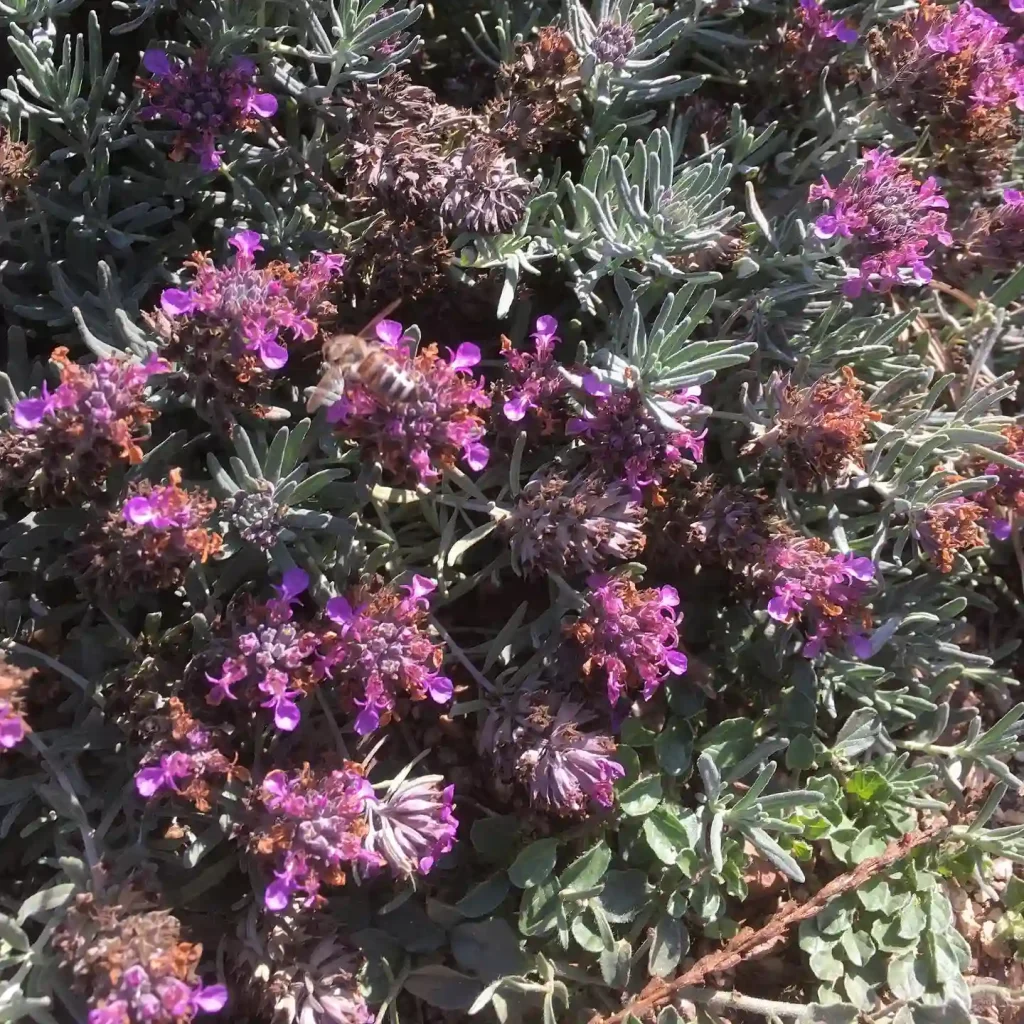FAQs About Betula Pubescens
Betula Pubescens, also known as Downy Birch, is one of the most intriguing trees I’ve had the pleasure of exploring. Its ability to thrive in various environments and its striking appearance make it a popular choice for both landscapers and garden enthusiasts. I’ve compiled answers to some of the most common questions about this tree, based on my own experiences and research.
87 Species in Genus Betula – Birch Tree
What Is Betula Pubescens?
Betula Pubescens, commonly referred to as Downy Birch, is a deciduous tree native to Europe and parts of Asia. It’s known for its distinctive white bark and delicate, ovate leaves. One of the defining characteristics of Betula Pubescens is the downy hairs on young shoots, which gives it its name. It can grow up to 30 meters tall and is often found in moist, boggy areas, thriving in wet soils where many other species might struggle.
How to Care for Betula Pubescens?
Caring for Betula Pubescens is relatively straightforward. The tree prefers moist, acidic soils, and it’s ideal for planting in areas that receive full sun or partial shade. Watering is crucial, especially during the tree’s first few years, as it needs consistent moisture to establish itself. One of the things I appreciate about Betula Pubescens is its resilience. Even in poor soil, it can still thrive as long as there’s adequate water.
In terms of pruning, Betula Pubescens doesn’t require much beyond occasional trimming of dead or damaged branches. However, it’s essential to avoid heavy pruning, especially in late winter or early spring, as this can result in excessive sap bleeding.
How to Propagate Betula Pubescens?
Betula Pubescens can be propagated from seed or cuttings, though seed propagation is the most common method. If you’re propagating from seed, it’s best to collect seeds in autumn when the catkins mature. Once collected, store them in a cool, dry place, and sow them in the spring. They should germinate within a few weeks if provided with the right conditions—moist soil and consistent sunlight.
If you prefer propagation from cuttings, take semi-hardwood cuttings in late summer. Make sure to use rooting hormone to encourage root development, and keep the cuttings in a humid environment until they establish roots.
What to Plant with Betula Pubescens?
Betula Pubescens pairs well with a variety of woodland plants. I’ve found that ferns, hostas, and wildflowers like primroses complement its delicate aesthetic. Ground cover plants such as ivy and creeping jenny also thrive under its canopy, taking advantage of the dappled light that filters through the branches. For a more structured look, you could plant it alongside other native trees like Rowan or Oak.
Is Betula Pubescens Toxic?
Betula Pubescens is generally not toxic to humans or pets. In fact, it’s known for its medicinal properties. The bark, leaves, and sap have been used traditionally in various cultures for their anti-inflammatory and diuretic properties. However, as with any plant, I recommend caution when introducing it to environments with pets or children, just in case of allergic reactions.
What Are the Benefits of Betula Pubescens?
Betula Pubescens offers numerous ecological and aesthetic benefits. It’s an excellent choice for wetland restoration projects because it helps stabilize the soil and reduce erosion. The tree also provides a habitat for wildlife, attracting birds, insects, and small mammals.
From a landscaping perspective, Betula Pubescens adds a touch of elegance with its graceful silhouette and striking bark. Its adaptability to different environments makes it a versatile choice for various garden designs, whether you’re going for a woodland feel or a more formal garden.
What Are Common Problems with Betula Pubescens?
Betula Pubescens, like many birch species, is prone to certain pests and diseases. The most common problem I’ve encountered is Birch Leaf Miner, which can cause unsightly browning of leaves. Aphids can also be an issue, though they tend to be more of a nuisance than a serious threat.
Fungal diseases, such as leaf spot and rust, can occur, especially in wet conditions. To mitigate these issues, it’s essential to maintain proper airflow around the tree by avoiding overcrowding and ensuring the tree gets adequate sunlight. Regularly inspecting the tree for signs of pests or diseases can help catch problems early.
How Does Betula Pubescens Compare with Other Birch Species?
Betula Pubescens is often confused with Betula Pendula (Silver Birch), another common birch species. While both have white bark, Betula Pendula has more pendulous branches and smooth, hairless shoots, compared to the downy young shoots of Betula Pubescens. The leaves of Betula Pubescens are also more rounded, whereas Betula Pendula has more triangular leaves.
In terms of habitat, Betula Pubescens is more tolerant of wet soils than Betula Pendula, making it better suited to boggy or marshy environments. Personally, I find Betula Pubescens a better choice for wetter climates or areas prone to flooding.
What Are Some Benefits to Wildlife?
Betula Pubescens supports a wide range of wildlife. Birds, such as woodpeckers and finches, feed on its seeds and insects found on the tree. The tree also provides shelter and nesting sites for various bird species. Insects, particularly moths and butterflies, are attracted to its leaves, making it a valuable addition to a biodiverse garden.
Conclusion
Betula Pubescens is a versatile, resilient tree that offers beauty and ecological benefits to any landscape. From its elegant white bark to its role in supporting wildlife, this tree has much to offer. With proper care, Betula Pubescens can thrive in various environments, making it a valuable addition to gardens and restoration projects alike. Whether you’re drawn to it for its aesthetic appeal or its environmental benefits, this tree has something for everyone.
If i die, water my plants!



